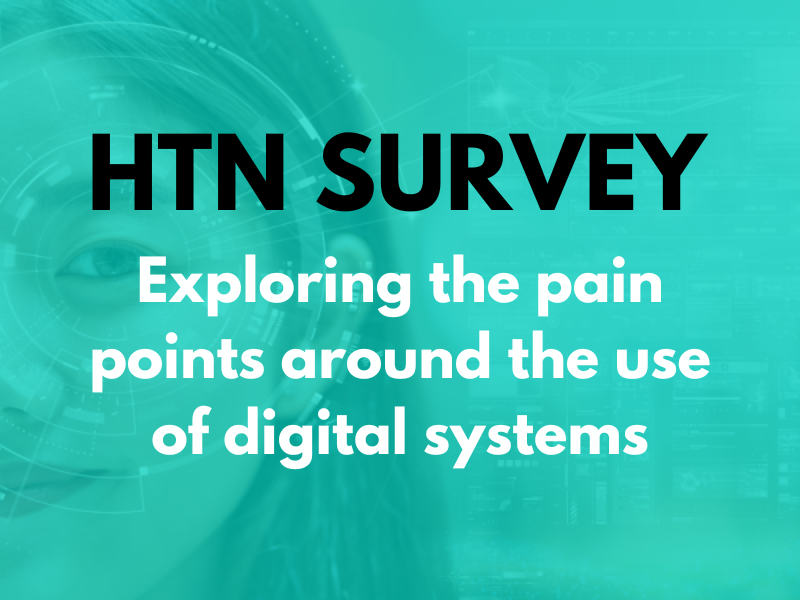NHS England has commenced a review of digital clinical safety standards, seeking input from a range of stakeholders across the NHS, as well as IT manufacturers and those involved in digital risk assessment.
The review is of the DCB0129 and DCB0160 digital clinical safety standards for manufacturers of health IT systems and organisations that use health IT systems to ensure they remain “up-to-date, practical and aligned with the latest advancements in healthcare technology and clinical practice”.
Reasons given for the review include accelerated digital transformation within the NHS and the rollout of EPR systems, which NHSE states has meant “IT has become central to service delivery”; clinical risks around the introduction of new technologies such as AI, and the “increasing complexity of cyber threats”; and changing clinical workflows due to the “widespread integration of digital tools into daily clinical practice” which has “transformed how NHS staff interact with these systems”.
The review begins with DCB0129, and is set to take part across two phases, with the first scheduled for February 2025, involving online focus groups designed to gather feedback on “the sufficiency of the standard”. This feedback will then shape proposed revisions to be presented in a public consultation as part of the second stage.
Anyone wishing to get involved with the review is invited to register their interest here.
Digital from NHS England
In the last month,
NHS England opened a market engagement stage, ahead of an upcoming NHS Cyber Risk Rating Platform tender, designed to support NHS organisations to “better understand their security posture” and their management of threats that could impact on operations and organisational data. The platform will support NHS providers assess and support the management of risk, NHS England states, with the webinar intended to share “a deeper understanding of our evolving service outcomes and insights into how we plan to roll out the platform to new and existing users”.
NHS England also published a roadmap for the Organisation Data Service (ODS), sharing what has been delivered to date and planned changes to June of 2025, with the main objectives of delivering a “single source of truth” for organisation reference data, continuous data enhancements, an agile response to “the changing needs of the NHS”, and products “utilising latest technology (interoperability)”. So far in 2024, the roadmap notes key changes delivered including the public beta release of the ODS Data Search and Export tool to replace the ODS Portal and ODS DataPoint; the delivery of data changes, advice and guidance for organisations reconfiguring, such as an organisation merger in Humber and North Yorkshire; and the development and testing of solutions to “provide meaningful sub-ICB codes for the 5 London ICBs to address service tickets raised”.
And
NHS England published a letter penned by NHSE’s chief delivery officer and national director for system development, highlighting a need for optimisation of the NHS system, “greater clarity” around what every part of the NHS is accountable for, and emphasising intentions to follow the Darzi report guidance to shift from analogue to digital methods. Four actions are set out to guide a refresh of the current operating framework: to simplify and reduce duplication with clarified roles and responsibilities; to shift resources, time and energy to neighbourhood health; to devolve decision-making to those best-placed to make changes with clarification on the role of integrated care partnerships; and to enable leaders to manage complexity at local level.





